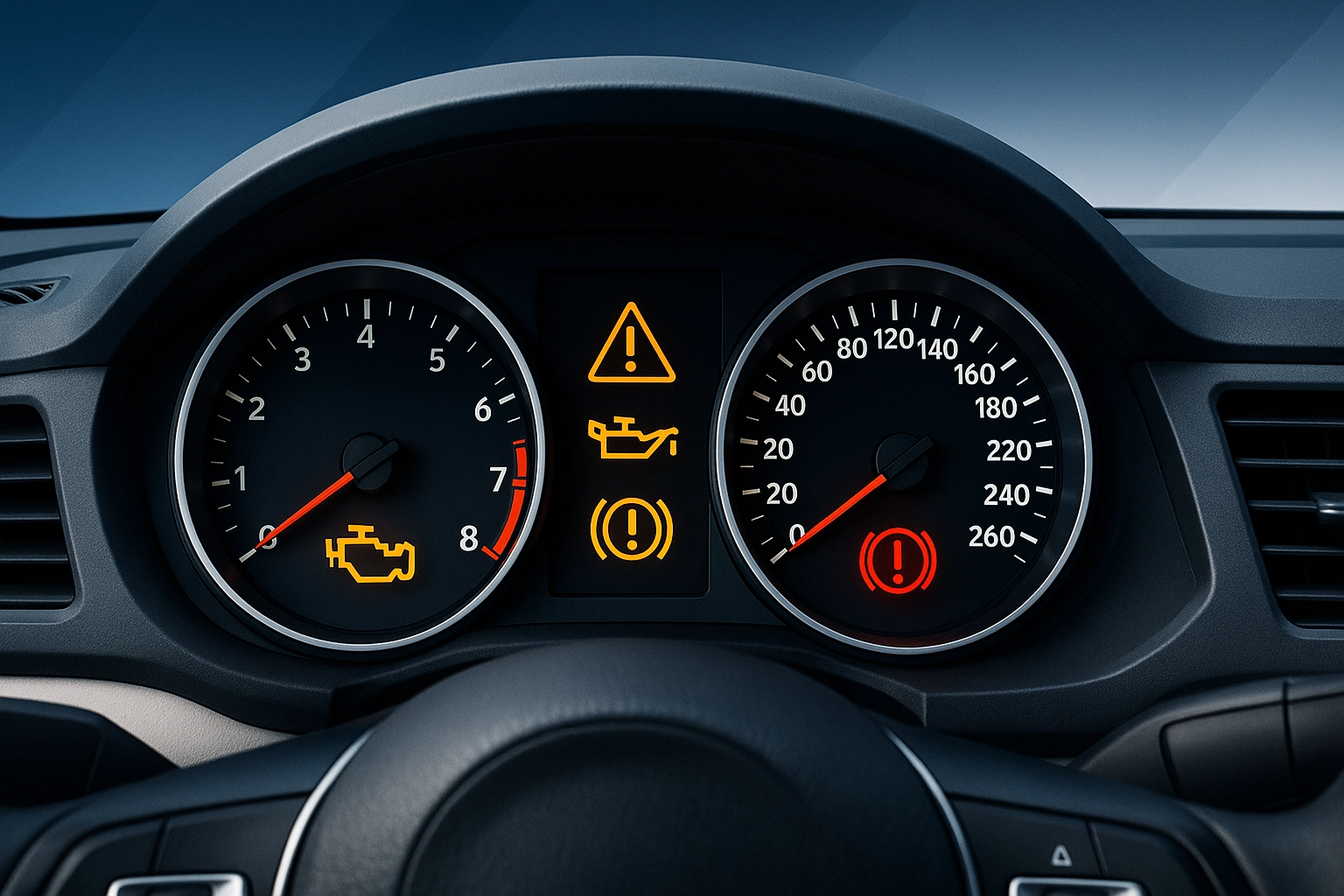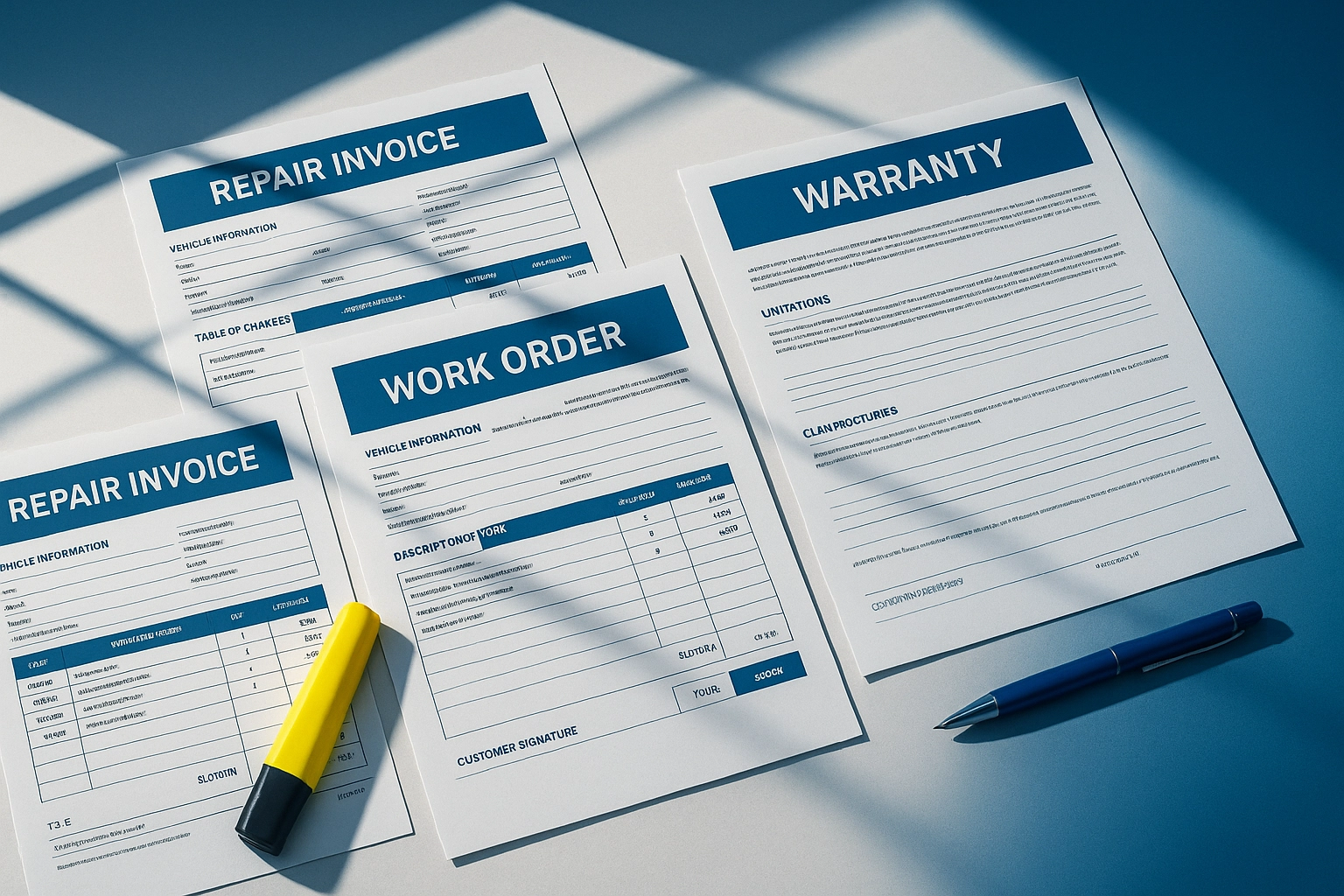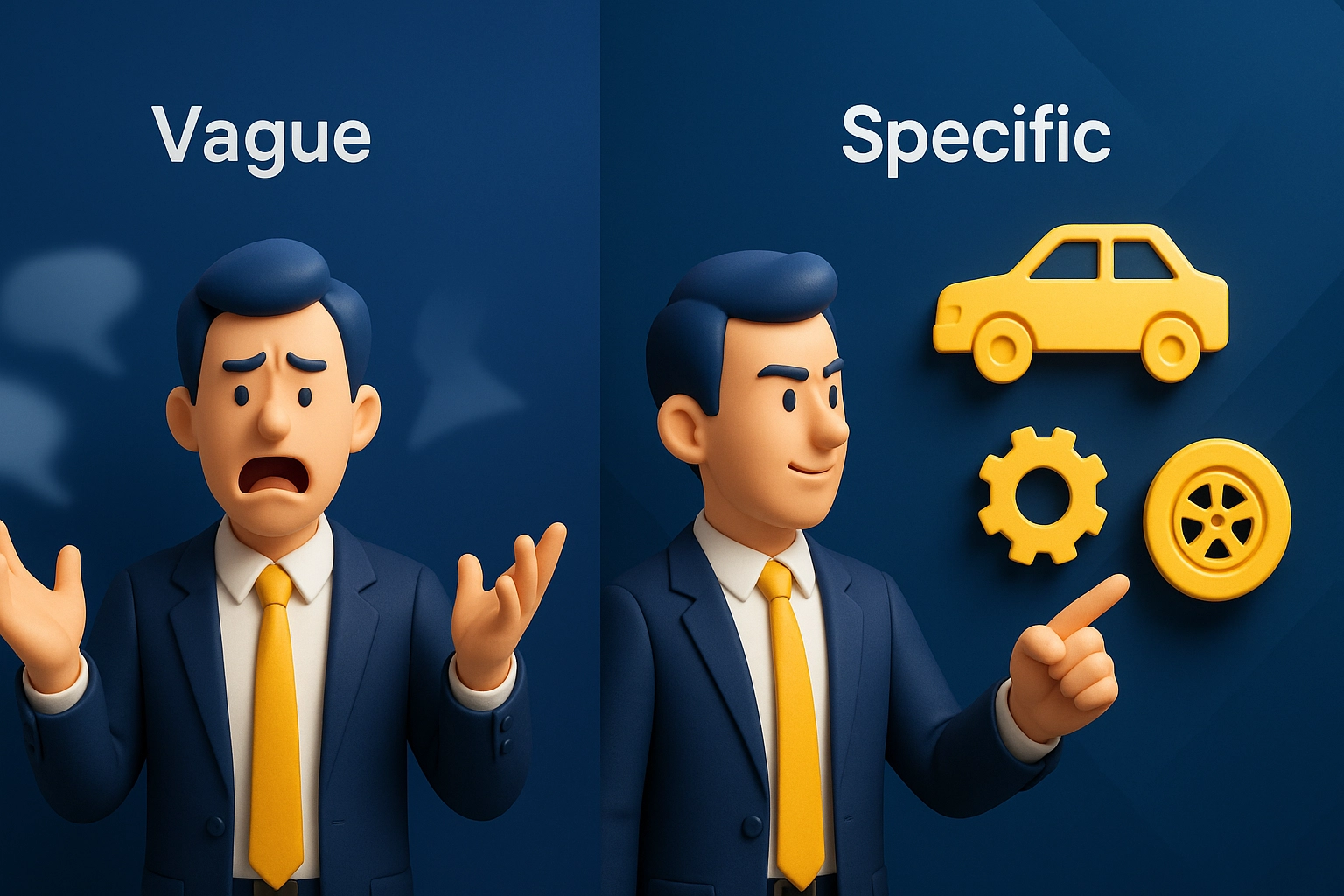Getting stuck with a lemon car is frustrating enough – but making preventable mistakes with your California Lemon Law claim can turn a bad situation into a complete nightmare. After years of helping consumers fight back against defective vehicles, I’ve seen the same errors pop up again and again. The good news? These mistakes are totally avoidable once you know what to look for.
Let’s dive into the seven biggest blunders people make with their lemon law claims and exactly how you can steer clear of them.
Mistake #1: Playing the Waiting Game with Repairs
Here’s a scenario I see all the time: Your car starts making a weird noise, but you think, “Maybe it’ll just go away.” Months pass, the problem gets worse, and only then do you finally take it to the dealer. By then, you’ve already hurt your case.
California Lemon Law requires that you give the manufacturer a “reasonable number” of repair attempts for the same issue. When you wait too long to start the repair process, it can look like the problem wasn’t that serious or persistent in the first place.
The Fix: Don’t be a hero – take your car in as soon as you notice recurring problems. Even if it seems minor, document it. That weird rattling sound today could be evidence of a major transmission issue tomorrow. The sooner you start building your paper trail, the stronger your case becomes.

Mistake #2: Terrible (or Non-Existent) Record Keeping
This is the big one – the mistake that kills more lemon law cases than any other. Poor documentation is like trying to prove you went to a concert without keeping your ticket stub. It’s nearly impossible to demonstrate your case without proper records.
I’ve seen consumers lose legitimate claims simply because they couldn’t prove the timeline of repairs or the persistent nature of their vehicle’s defects. Every repair attempt, every conversation, every day your car spent in the shop – it all matters.
The Fix: Become a documentation machine. Here’s your checklist:
- Always request detailed repair invoices, even if they “couldn’t find the problem”
- Keep every work order, warranty document, and service record
- Maintain a repair log with dates, symptoms, and outcomes
- Note how problems affect your daily life (missed work, safety concerns, etc.)
- Take photos of any visible defects
Think of it this way: if you can’t prove it happened, legally it didn’t happen.
Mistake #3: Speaking in Code to Your Service Advisor
Walking into a dealership and saying “my car is acting weird” is like calling 911 and saying “something bad happened.” The more vague you are about problems, the harder it becomes to build a solid case.
Vague complaints lead to vague repair attempts, which create weak documentation. Your service records should tell a clear story of persistent, specific defects.
The Fix: Be as specific as possible when describing problems. Instead of “the transmission is acting up,” try “the transmission jerks violently when shifting from second to third gear, especially when accelerating from a stop.” The more detail you provide, the better your service records will support your eventual claim.

Mistake #4: Forgetting About Phone Calls and Conversations
Many people keep their repair paperwork but completely ignore documenting their conversations with dealers, service managers, and manufacturer representatives. These interactions often contain crucial admissions or promises that could strengthen your case.
The Fix: Keep a communication log that includes:
- Date and time of each conversation
- Name and title of who you spoke with
- Summary of what was discussed
- Any promises made or next steps agreed upon
- Follow up with email confirmations when possible
If a service manager tells you “we’ve seen this problem in other cars” or “the manufacturer is aware of this issue,” that’s gold for your case – but only if you document it.
Mistake #5: Playing Beat the Clock (And Losing)
California gives you four years from when you first experienced warranty-covered problems to file a lemon law claim. Sounds like plenty of time, right? Wrong. Many people wait until year three or four to take action, then panic when they realize how much work is involved in building a proper case.
The Fix: Don’t wait until you’re staring down a deadline. As soon as you suspect you might have a lemon, start keeping detailed records and consider consulting with a lemon law attorney. Even if you’re not ready to file a claim yet, getting professional advice early can save you from costly mistakes down the road.

Mistake #6: The “Maybe One More Try” Trap
This might sound backwards, but there’s actually such a thing as too many repair attempts. California law only requires a “reasonable number” of tries to fix the same problem – typically four attempts, or two if the defect could cause serious injury.
Some consumers keep bringing their car back for repair attempt number five, six, or seven, thinking it shows persistence. Actually, it can work against you by suggesting you’re okay with the endless repair cycle.
The Fix: Know when to stop. Once you’ve hit the reasonable number of repair attempts (usually four for most issues, two for safety-related problems), it’s time to pivot from repair mode to lemon law mode. Continuing beyond this point wastes time and could potentially run you up against statute of limitations deadlines.
Mistake #7: Going It Alone Against the Manufacturer
Here’s the tough truth: car manufacturers have teams of experienced lawyers whose job is to minimize payouts on lemon law claims. They know every technicality, every loophole, and every way to drag out the process hoping you’ll give up.
Meanwhile, you’re trying to navigate complex legal requirements while dealing with the daily frustration of driving a defective vehicle. It’s not a fair fight.
The Fix: Level the playing field by working with an experienced California lemon law attorney. Most work on contingency, meaning the manufacturer pays their fees when you win. A good attorney will help you avoid the other six mistakes on this list while handling negotiations and legal filings.
What Counts as a Lemon in California?
Don’t make the mistake of thinking only major mechanical failures count. California’s Lemon Law covers any defect that substantially impairs your vehicle’s use, value, or safety. This includes:
- Persistent electrical problems
- Chronic air conditioning issues
- Recurring transmission glitches
- Paint defects that affect the car’s value
- Infotainment system failures
Even seemingly “minor” issues can qualify if they keep happening and significantly impact your driving experience.
The Bottom Line
Avoiding these seven mistakes won’t guarantee you’ll win your lemon law case, but it will give you the best possible shot at getting the compensation or replacement vehicle you deserve. Remember, the manufacturers are counting on you to make these errors – don’t give them the satisfaction.
If you’re dealing with a potential lemon in Los Angeles, Orange County, Riverside, or anywhere else in California, don’t wait to start building your case properly. The sooner you begin documenting everything and seeking professional guidance, the stronger your position becomes.
Your lemon law rights exist for a reason – make sure you’re positioned to use them effectively.
If you think you have a lemon, call Lemon Law Attorney Sotera Anderson for help. 855-965-3666
 Call Us Now
Call Us Now Text Us Now
Text Us Now
 (855) 965 3666
(855) 965 3666

